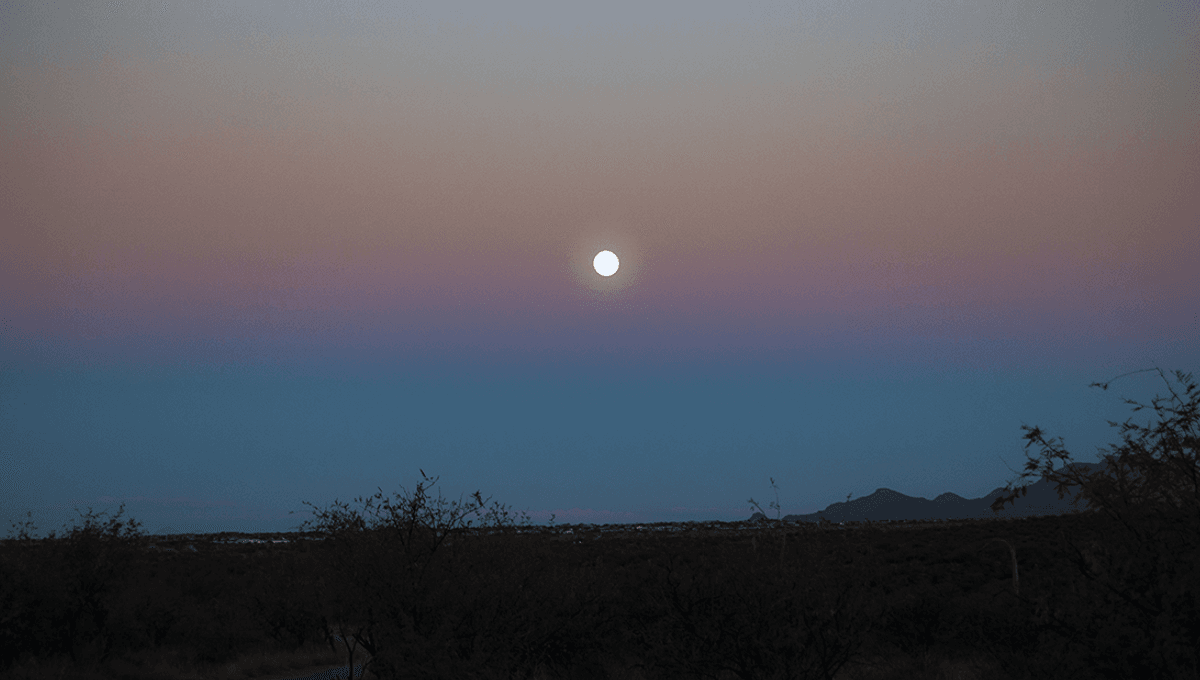Astronaut and keen astrophotographer Donald "Don" Pettit has shared a stunning image of the "Belt of Venus" he took whilst on board the International Space Station (ISS).
The rest of this article is behind a paywall. Please sign in or subscribe to access the full content. Pettit, a NASA astronaut and chemical engineer, is probably best known for the gorgeous images he regularly produces while onboard the ISS, as well as the occasional low-gravity pants maneuver. He has captured images of dwarf galaxies and time-lapses that cannot be taken anymore. In his latest photo that he's shared, he captured an atmospheric phenomenon that you can see from the Earth, but looks especially beautiful from 400 kilometers (250 miles) above the planet. "You've surely seen it, but you might not have noticed it. During a cloudless twilight, just before sunrise or after sunset, part of the atmosphere above the horizon appears slightly dark and off-color," NASA explains of the phenomenon. "Called the Belt of Venus, this transitional band between the dark eclipsed sky and the bright day sky can be seen most prominently in the direction opposite the Sun. Straight above, blue sky is normal sunlight reflecting off the atmosphere, while near the horizon, the clear sky can appear more orange or red. In the Belt of Venus, the atmosphere reflects more light from the setting (or rising) Sun and so appears more red." From space, you can see a little more of the overall effect, unblocked by anything on the horizon. "The Belt of Venus, seen from the ISS. An atmospheric phenomena where the setting sun projects light past Earth's horizon curve, layered over its shadow," Pettit explained of the photo. " Twilight observers on Earth see a pink band over the approaching dark, opposite the sun. From orbit we see it all at once." ⓘ IFLScience is not responsible for content shared from external sites. The photo, whilst only just shared by the American astronaut, was taken during his first mission to the orbiting laboratory in 2003, with Pettit explaining, "they are old but great visuals of the effect". We quite agree.What is the Belt of Venus?






